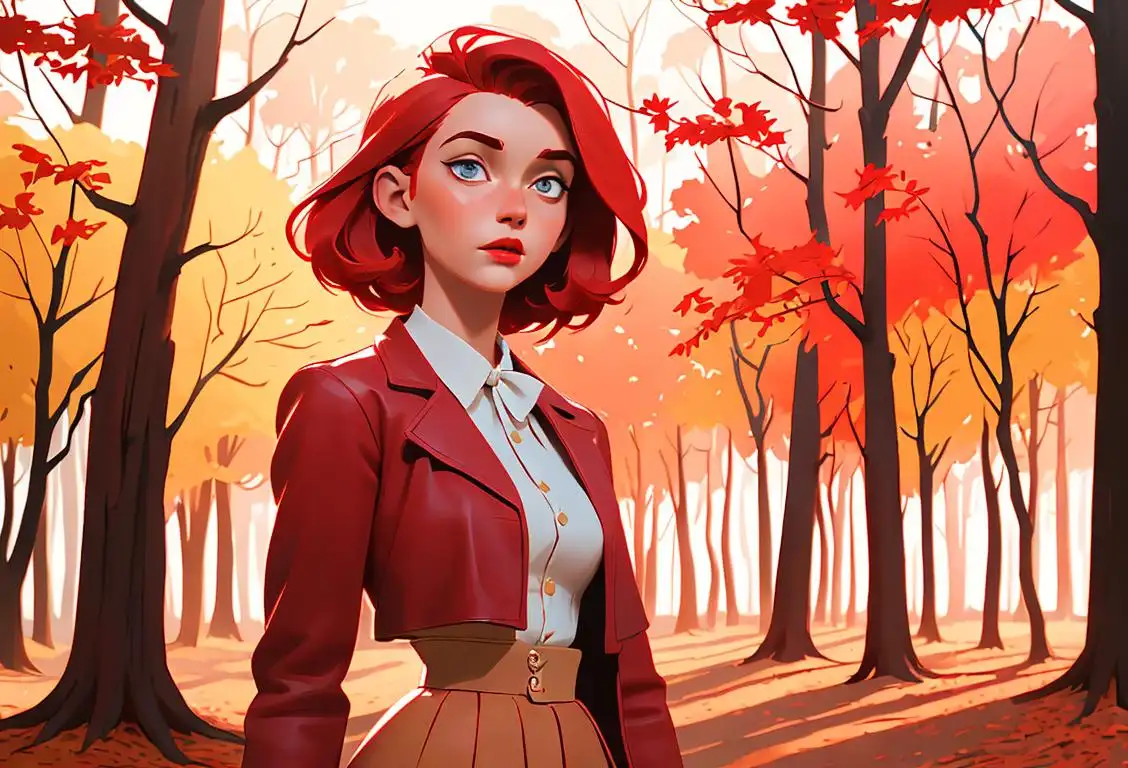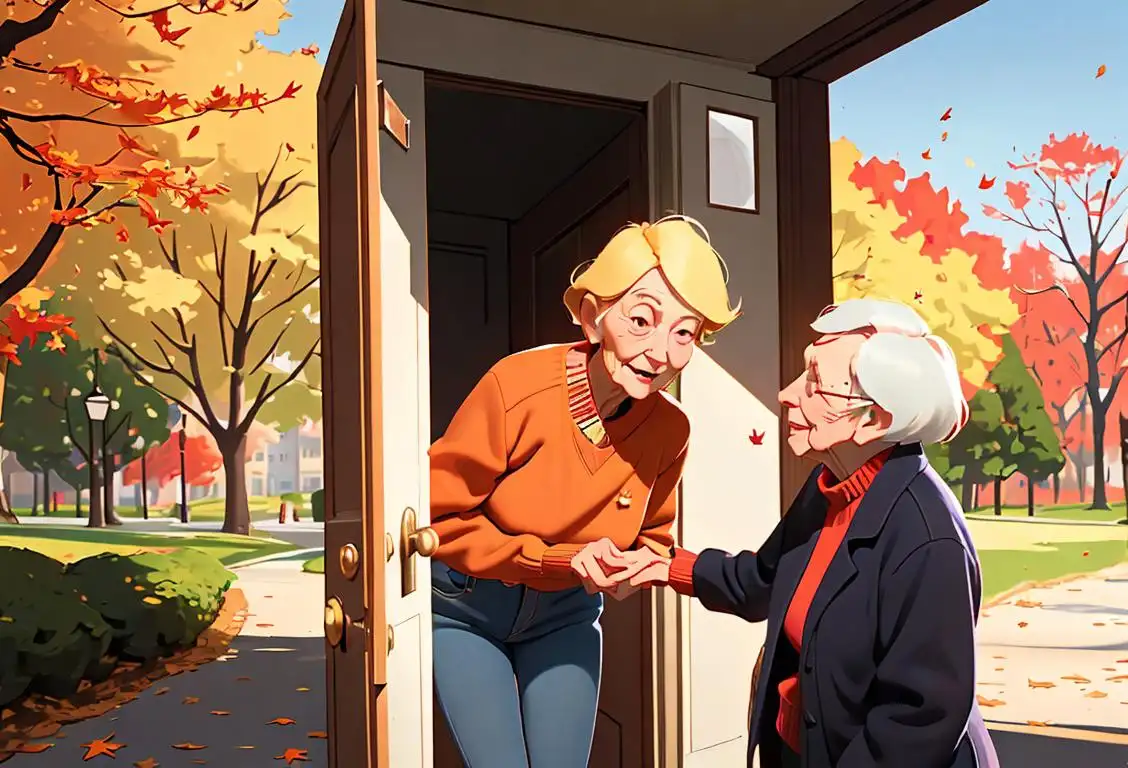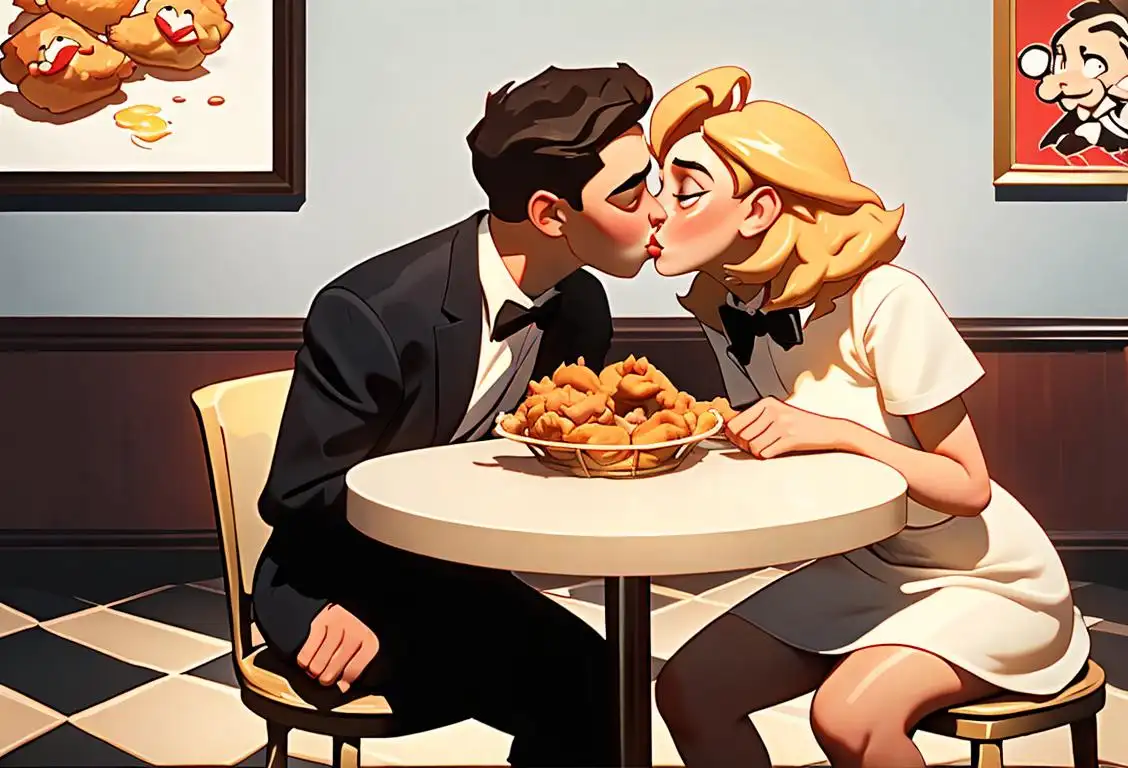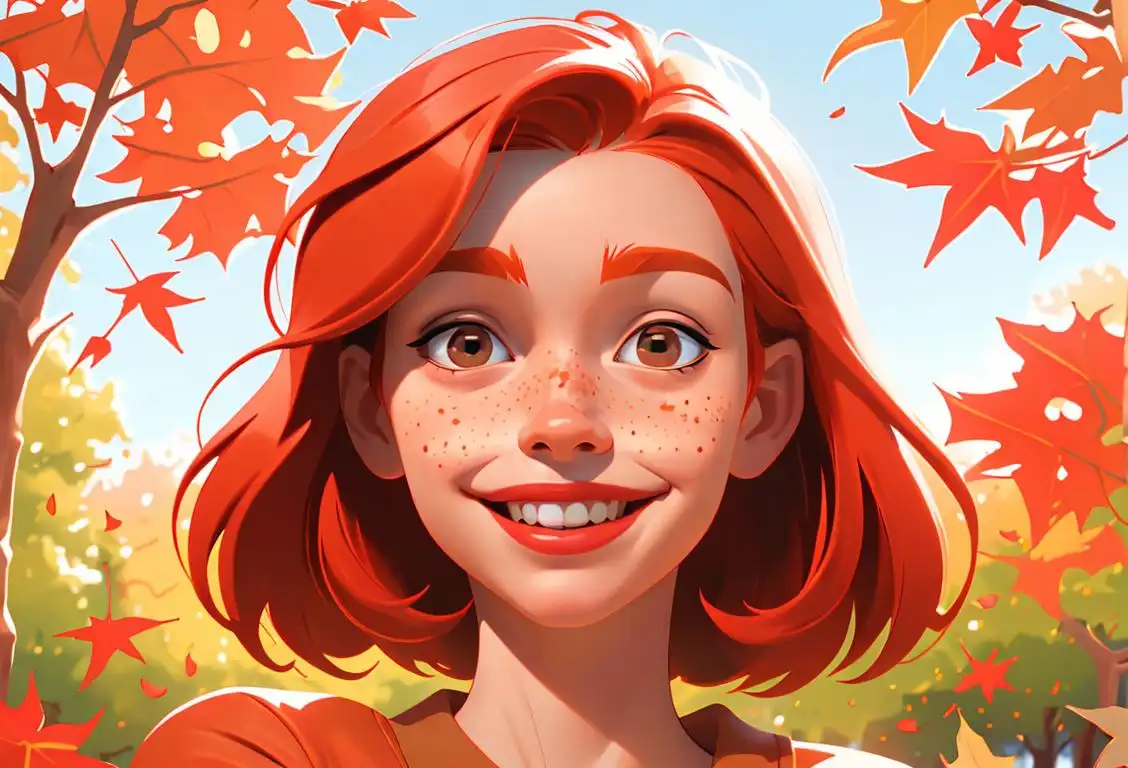National Caroling Day
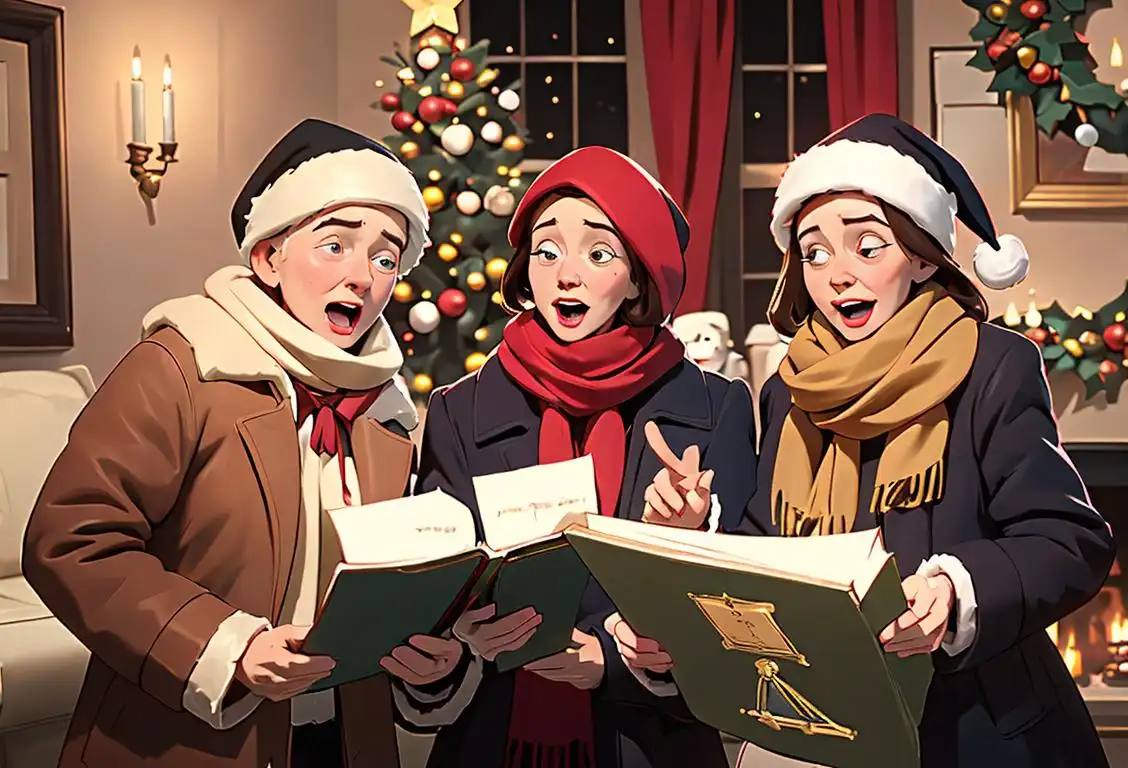
Hey there, caroling enthusiasts! Are you ready to spread some holiday cheer with your vocal cords? Well, get your vocal warm-up exercises ready because it's time to celebrate National Caroling Day!
When is Caroling Day?
It's national caroling day on the 20th December.
The Internet Buzz
Did you know that National Caroling Day has caused quite a stir on the internet? We detected a whopping 25 mentions online about this delightful day. Seems like people just can't contain their excitement for some festive sing-along sessions!
The Origins of Caroling
Caroling has a rich history that dates back centuries. It has its roots in the tradition of wassailing, which was originally done to bless apple orchards and ensure a good harvest. Over time, wassailing evolved into caroling, where groups of people would go from door to door singing Christmas carols. It became a way to spread joy and celebrate the holiday season.
Caroling in the Modern Age
In today's world, caroling has taken on a whole new meaning. It's not just about going door to door anymore (although that can still be loads of fun!). Nowadays, you can organize caroling events at community centers, schools, churches, or even virtual gatherings. The internet has made it easier than ever to connect with fellow carolers and share your love for festive tunes.
Spreading Joy and Good Vibes
Caroling isn't just about singing—it's about spreading joy and creating memorable moments. Whether you have the vocal range of Mariah Carey or just enjoy singing in the shower, caroling is a wonderful way to lift spirits and brighten someone's day. So gather your loved ones, friends, and anyone who loves a good melody, and let the caroling adventure begin!
History behind the term 'Caroling'
16th century
The Origin of Caroling
In the early 16th century, the term 'caroling' originated from the French word 'carole'. Carole referred to a circle dance accompanied by singing, often performed during festive occasions. This dance form was popular among the rural communities in France and other European countries. Over time, the term 'carol' was specifically associated with songs sung during Christmas celebrations.
1400s
Origin in Medieval Europe
Caroling traces its origins back to the medieval period in Europe, particularly in England and France. The term 'caroling' comes from the old French word 'carole' or 'caroller,' which means to dance in a circle. During this time, groups of singers would gather in towns and villages, forming a circle, and sing songs together to celebrate occasions like Christmas, New Year, and other festive events.
4th century AD
The Early Beginnings
Caroling, also known as carolling, traces its roots back to the 4th century AD in Rome. During this time, Christian church services incorporated hymns and chants sung by clergy and worshipers. These hymns were often sung in a call-and-response format, with a leader singing a verse and the congregation responding.
13th century
Mumming and Minstrels
In the 13th century, a new element was added to caroling. Mummers and minstrels, dressed in costumes, would go from house to house, singing and entertaining. This practice drew from ancient pagan traditions and added a festive and theatrical flair to the caroling tradition. The performers would often receive food or money as a reward for their performances.
19th century
Carols in the Victorian Era
During the 19th century, caroling experienced a resurgence in popularity, particularly in England during the Victorian era. This was a time of romanticizing folklore and traditions, and caroling became an essential part of Christmas festivities. Carollers would go door to door, singing traditional carols in exchange for food, drink, or small gifts. It became a way for communities to come together and spread holiday cheer.
1700s
Popularization of Christmas Carols
In the 18th century, Christmas carols gained popularity in England. They were traditionally religious songs and hymns sung during the Christmas season. These carols were primarily focused on the nativity story and were often performed outside churches or in public squares. The tradition of caroling in the streets began to take shape, with groups of singers going door-to-door, spreading the joy of Christmas through their melodious voices.
16th century
Wassailing and the Tudor Era
During the Tudor era in England (16th century), the term 'carol' became more commonly associated with joyful festive songs sung during Christmas. The tradition of wassailing, where groups would visit houses, sing carols, and bring good wishes, further popularized the term 'caroling.' Wassailing involved toasting and sharing a drink with the host, often apple cider or spiced ale.
20th century
Caroling in North America
In the early 20th century, caroling spread to North America with the wave of European immigration. Groups of carolers would go from house to house, singing carols and sharing the joy of the season. This tradition became particularly popular in the United States, where diverse cultural influences merged to create a rich tapestry of holiday celebrations.
1800s
Revival and Evolution
During the 19th century, caroling experienced a revival and evolved into a more diverse and secular practice. As Christmas became more commercialized and celebrations became more inclusive, carols started incorporating both religious and non-religious themes. Hymns were joined by popular songs of the time, and caroling expanded beyond just Christmas to include other holidays and special occasions throughout the year.
Mid-20th century
Caroling Evolution
As the mid-20th century approached, caroling began to evolve. With advancements in technology, carolers would gather in public places and sing along to recorded music played through loudspeakers. Large-scale caroling events became common in parks, town squares, and shopping centers, providing an opportunity for people of all backgrounds to come together and enjoy the festive atmosphere.
1900s
Global Spread
In the 20th century, caroling began to spread around the world, transcending cultural boundaries. As technology advanced, recorded carols played on the radio and television became a significant part of the holiday season. Caroling was embraced by various cultures, often adapting to local musical traditions and languages. It became a cherished tradition in many countries, and today, people from different backgrounds come together to sing carols and celebrate the joyous spirit of the festive season.
19th century
The Rise of Christmas Carols
In the 19th century, the popularity of Christmas carols soared. This was due in part to the publication of various collections of carols, such as 'Carols Ancient and Modern' by William Sandys and 'Christmas Carols Old and New' by Henry Ramsden Bramley and John Stainer. The availability of printed sheet music allowed people to learn and perform carols in their homes and communities.
20th century
Caroling in Modern Times
Caroling became a beloved holiday tradition around the world. Choirs, school groups, and community organizations would gather to sing carols at churches, public gatherings, and door-to-door. With the advent of recording technology, carols were shared through records, radio broadcasts, and later digital media. Today, caroling continues to bring joy during the holiday season, fostering a sense of community and spreading the Christmas spirit.
Present
Modern Caroling
Caroling continues to be an integral part of Christmas celebrations around the world. Traditional carols are still sung in churches, schools, and communities, while contemporary artists release new carols inspired by the season. Caroling has also found its place in online communities, with virtual caroling events and social media platforms allowing people to connect and share the joy of music during the holiday season.
Did you know?
Did you know that caroling can burn calories? Studies have shown that belting out those high notes and enthusiastic refrains can help you shed a few calories. So go ahead, sing your heart out and enjoy guilt-free holiday treats!Tagged
romance fun loved onesFirst identified
20th December 2015Most mentioned on
20th December 2015Total mentions
25Other days
Love Your Red Hair Day
Do Something Nice Day
Suicide Prevention Month Day
Kissing Fried Chicken Day
Kiss A Ginger Day
Iloveyou Day
Compliment Day
Happiness Day
Tv On The Same Day
Boyf Day
